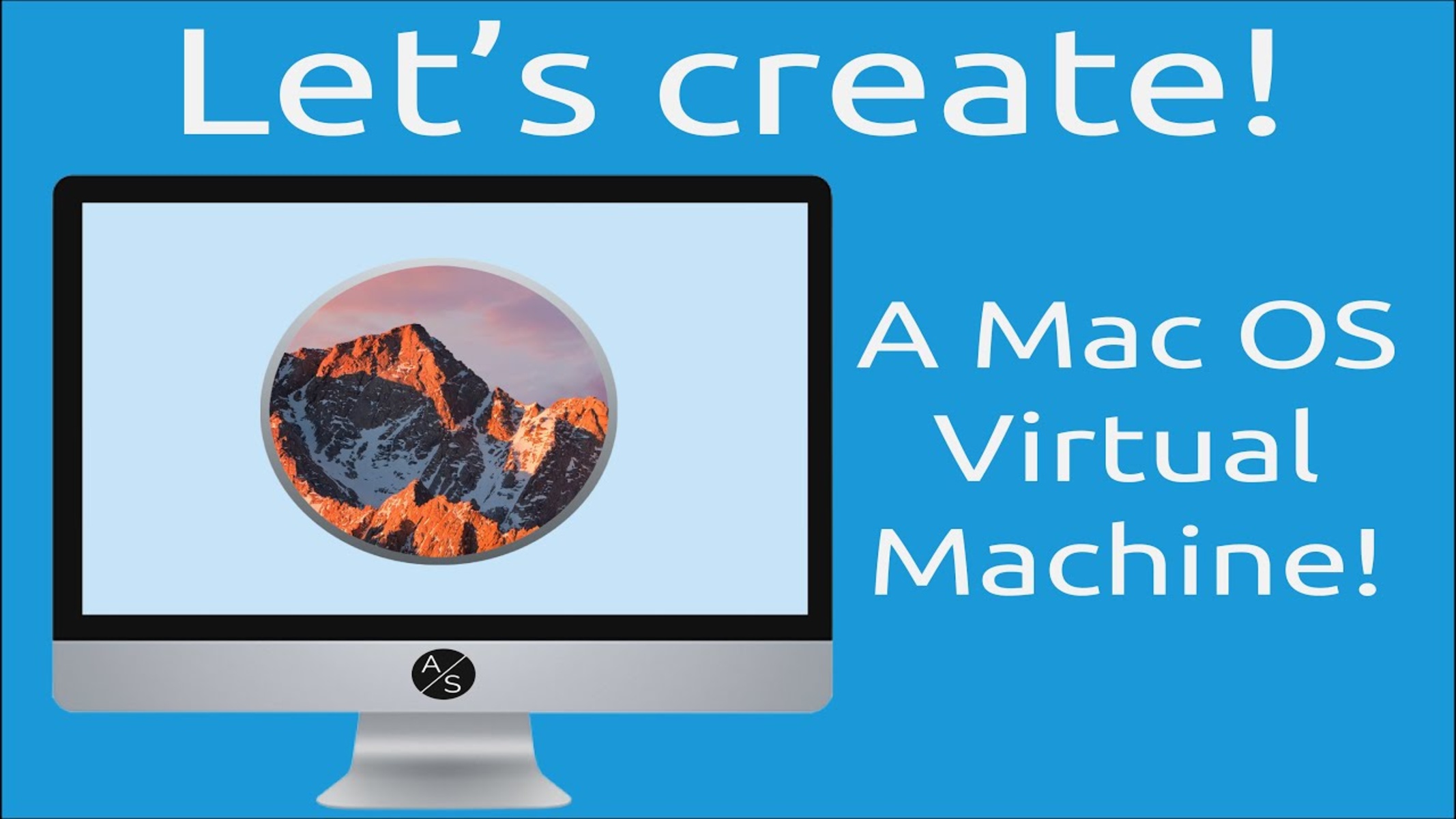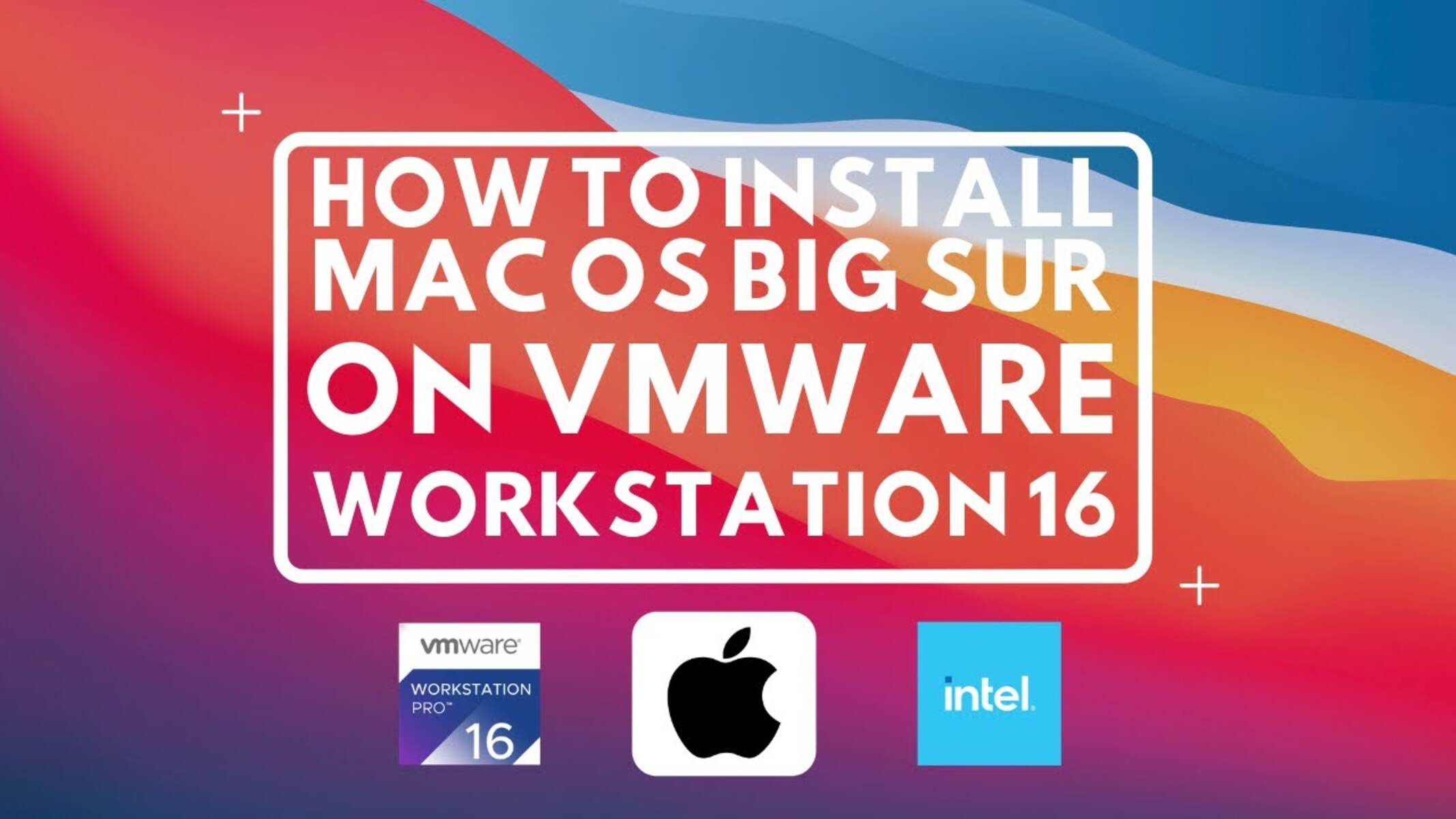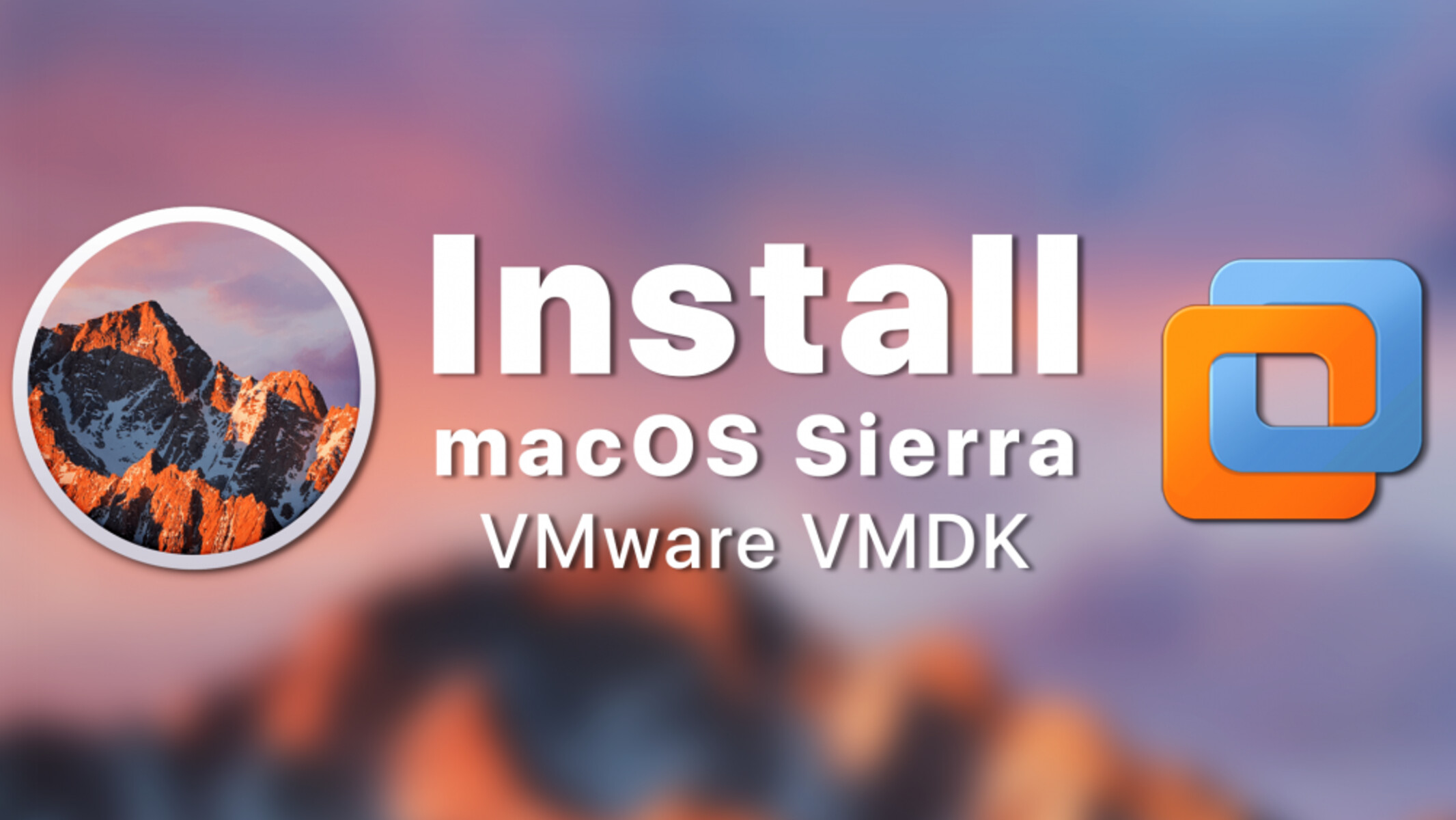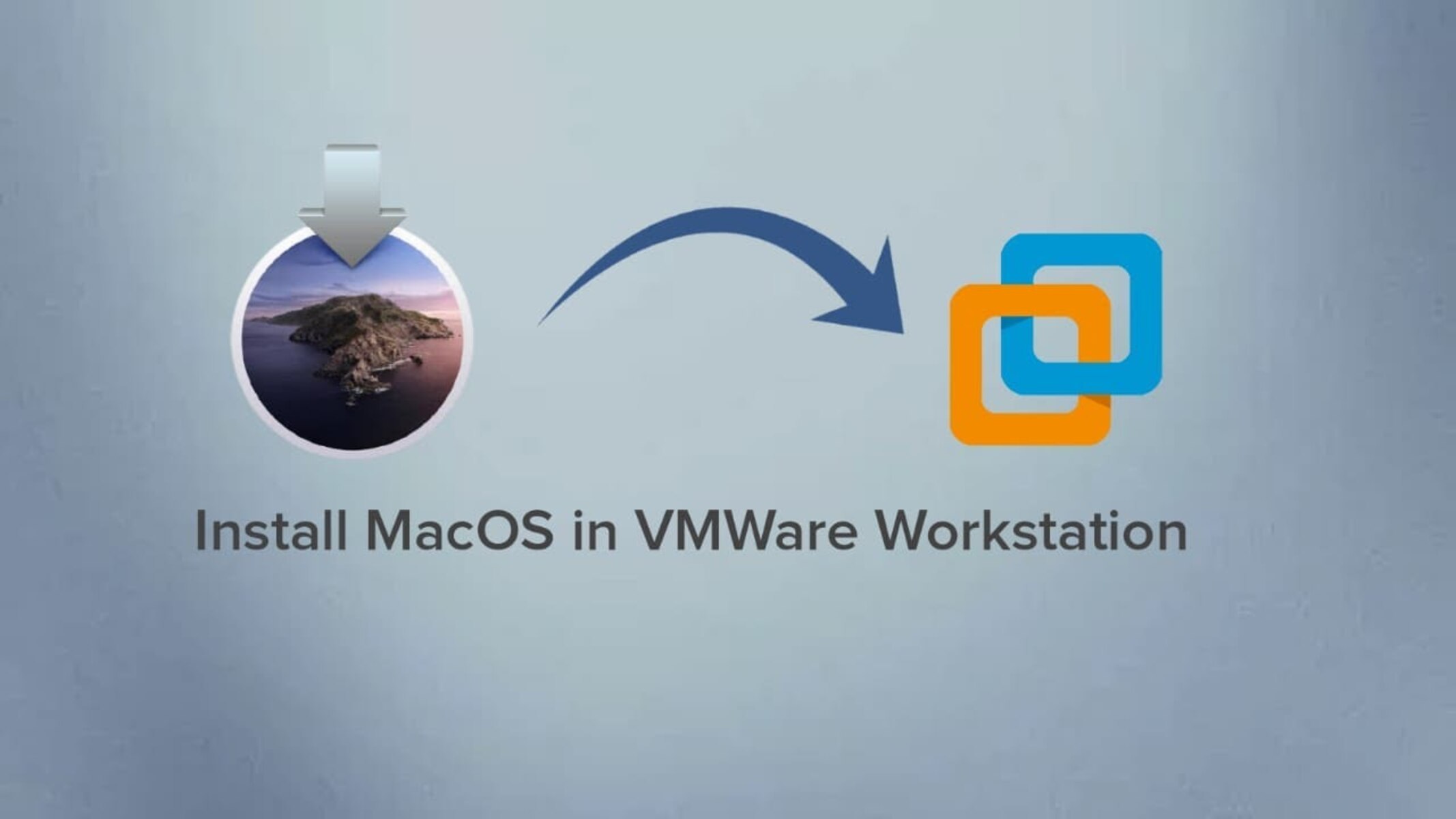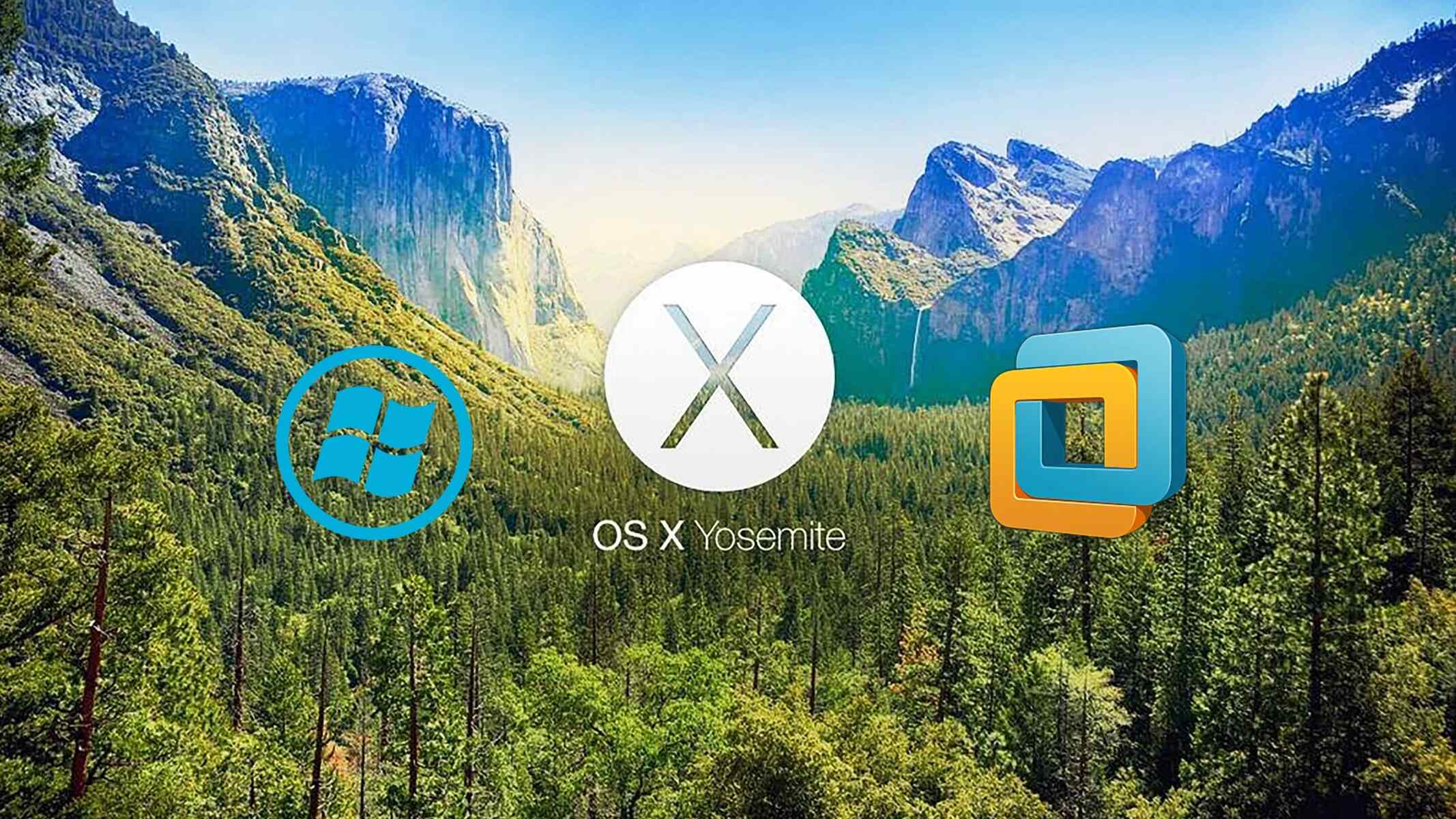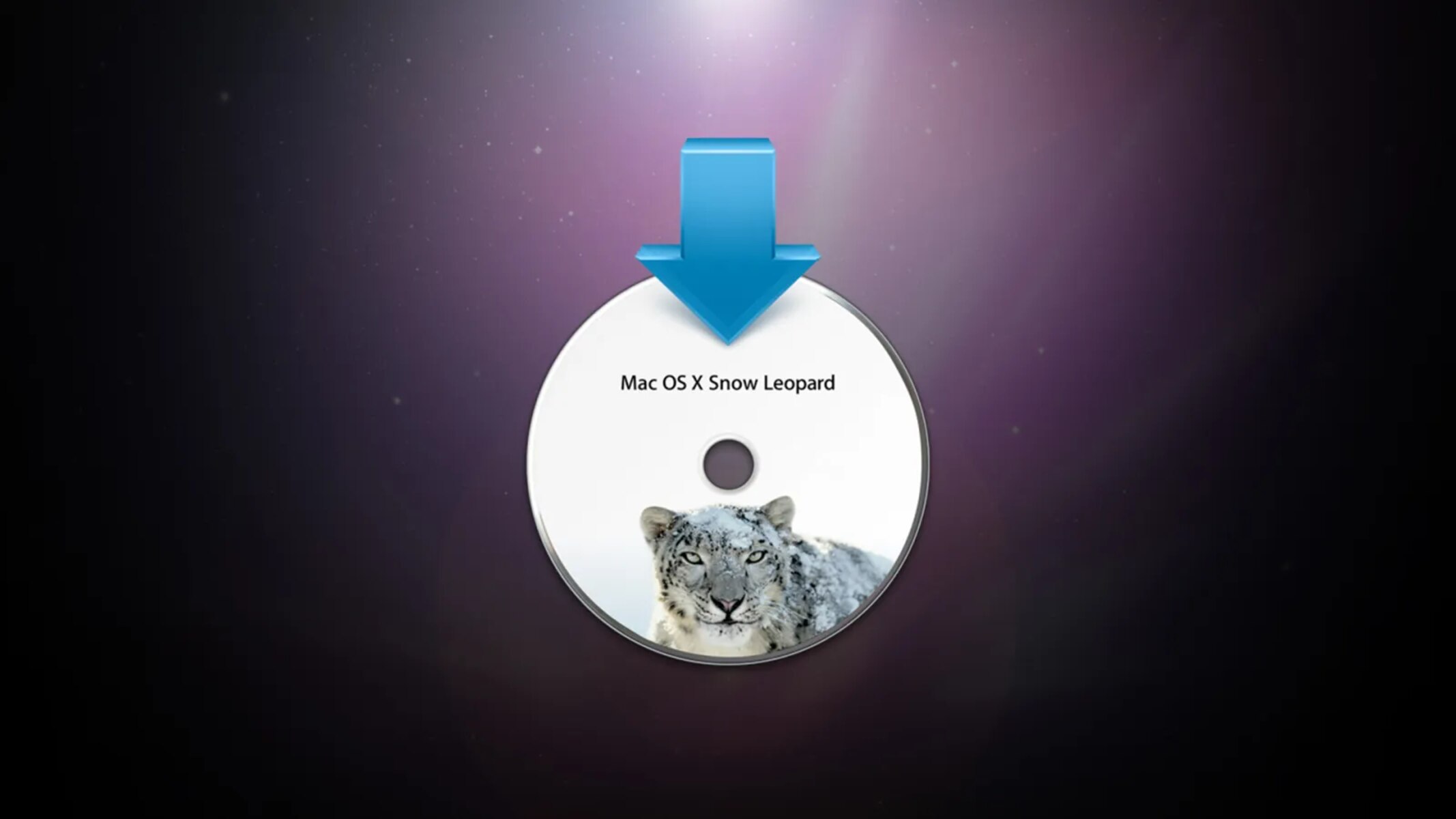Introduction
Welcome to this guide on how to create a macOS virtual machine in VMware Workstation. Whether you are a developer, an IT professional, or simply curious about exploring macOS, running macOS in a virtual machine can be a convenient and practical solution.
With a macOS virtual machine, you can test new software, experiment with different configurations, or even run macOS applications on non-Apple hardware. It offers a flexible and versatile environment for Mac-based tasks without the need for a dedicated Mac computer.
To create a macOS virtual machine, we will be using VMware Workstation, a well-known virtualization software that allows you to run multiple operating systems on a single machine. In this guide, we will focus on creating a virtual machine running macOS High Sierra, one of the most popular versions of macOS.
Before we dive into the steps, let’s talk about the prerequisites. In order to follow this guide successfully, you will need the following:
- A computer with VMware Workstation installed
- A copy of the macOS High Sierra installer (available from the Mac App Store)
- A valid Apple ID
- A virtualization-capable CPU
- Adequate RAM and disk space for the virtual machine
Once you have these prerequisites covered, you are ready to proceed with creating your own macOS virtual machine. So, let’s get started with the first step: downloading the macOS High Sierra installer.
Prerequisites
Before you begin creating a macOS virtual machine in VMware Workstation, make sure you have the following prerequisites:
- A computer with VMware Workstation installed: VMware Workstation is a virtualization software that allows you to run multiple operating systems on a single machine. Make sure you have VMware Workstation installed and ready to use.
- A copy of the macOS High Sierra installer: To create a macOS virtual machine, you will need the macOS High Sierra installer. You can obtain it from the Mac App Store. Make sure you have downloaded the installer before proceeding.
- A valid Apple ID: Before you can install macOS on your virtual machine, you need a valid Apple ID. This is required to download macOS and authenticate the installation. If you don’t have an Apple ID, you can create one for free on Apple’s website.
- A virtualization-capable CPU: Virtualization relies on specific hardware features present in your computer’s CPU. Ensure that your CPU supports hardware virtualization, such as Intel Virtualization Technology (VT-x) or AMD Virtualization (AMD-V).
- Adequate RAM and disk space for the virtual machine: Running a virtual machine requires memory and disk space. Make sure your computer has enough RAM to allocate to the virtual machine, and ensure you have sufficient disk space to accommodate the virtual machine files.
By ensuring that you meet these prerequisites, you will be well-prepared to create your macOS virtual machine in VMware Workstation. With all the necessary components in place, you can proceed with the step-by-step instructions in the following sections to successfully set up your virtual machine and install macOS High Sierra.
Step 1: Download the macOS High Sierra Installer
The first step in creating a macOS virtual machine in VMware Workstation is to download the macOS High Sierra installer. You can obtain the installer from the Mac App Store by following these steps:
- Launch the Mac App Store on your Mac computer.
- Search for “macOS High Sierra” in the App Store search bar.
- Click on the macOS High Sierra listing in the search results.
- Click the “Download” button to start the download of the installer.
- Once the download is complete, you will find the installer in your Applications folder labeled “Install macOS High Sierra”.
It is important to note that the Mac App Store may only display the latest version of macOS. If macOS High Sierra is not listed as the current version, you can try accessing it through the “Purchased” tab in the Mac App Store or search online for alternative sources to download the installer.
By downloading the macOS High Sierra installer, you will have the necessary installation files to create your virtual machine. Make sure to keep the installer file in a safe location, as you will need it in subsequent steps.
With the macOS High Sierra installer in hand, we can now move on to the next step: creating a new virtual machine in VMware Workstation.
Step 2: Create a New Virtual Machine in VMware Workstation
Now that you have downloaded the macOS High Sierra installer, it’s time to create a new virtual machine in VMware Workstation. Follow these steps:
- Launch VMware Workstation on your computer.
- Click on “File” in the menu bar, then select “New Virtual Machine” to start the New Virtual Machine Wizard.
- In the wizard, select “Typical (recommended)” as the configuration type and click “Next”.
- Choose “I will install the operating system later” and click “Next”.
- Select “Apple Mac OS X” as the guest operating system and choose the version “macOS 10.13” (or the most recent version available) from the drop-down menu.
- Click “Next” and choose a name and location for your virtual machine.
- Specify the desired disk size for your virtual machine. The default size is usually sufficient, but you can increase it if you need more space.
- Click “Next” to review the virtual machine settings, then click “Finish” to create the virtual machine.
By following these steps, you have now successfully created a new virtual machine in VMware Workstation. The virtual machine will be configured to run macOS High Sierra. In the next step, we will customize the virtual machine settings to optimize its performance and compatibility with macOS.
Step 3: Customize the Virtual Machine Settings
After creating the virtual machine in VMware Workstation, it’s important to customize its settings to ensure optimal performance and compatibility with macOS. Follow these steps to customize the virtual machine settings:
- Select the newly created virtual machine in VMware Workstation.
- Click on “Edit virtual machine settings” to open the Virtual Machine Settings window.
- In the Hardware tab, increase the memory (RAM) allocated to the virtual machine. macOS generally requires a minimum of 4GB of RAM, but allocating more memory can lead to better performance.
- Click on the Processors option and increase the number of processors if desired. Keep in mind that allocating too many processors may affect the performance of other applications running on your host computer.
- Ensure that the Hard Disk is using the default SATA controller. This is the recommended configuration for macOS.
- Go to the CD/DVD (IDE) option and select “Use ISO image file” if you have the macOS High Sierra installer as an ISO file. Click the “Browse” button to locate the ISO file on your computer.
- In the Options tab, click on “Advanced” and select “EFI” under the Firmware section. This is necessary for macOS High Sierra to boot properly.
- Click “OK” to save the changes and close the Virtual Machine Settings window.
By customizing the virtual machine settings, you have optimized the configuration to ensure a smoother experience when running macOS High Sierra. In the next step, we will boot the virtual machine and proceed with the installation of macOS High Sierra.
Step 4: Boot the Virtual Machine and Install macOS High Sierra
Now that you have customized the virtual machine settings, it’s time to boot the virtual machine and proceed with the installation of macOS High Sierra. Follow these steps:
- Select the macOS virtual machine in VMware Workstation.
- Click on the “Power on this virtual machine” button to start the virtual machine.
- The virtual machine will boot up and display the VMware BIOS screen. Press any key to enter the boot menu.
- From the boot menu, select the macOS High Sierra installer that you previously set up in the virtual machine settings.
- Once the macOS installer loads, select your preferred language and click “Continue”.
- Click on “Agree” to accept the terms and conditions.
- Select the disk where you want to install macOS High Sierra and click “Install”.
- The installation process will start, and it may take some time to complete. Be patient and wait for the installation to finish.
- Once the installation is complete, the virtual machine will reboot. Follow the on-screen instructions to set up macOS High Sierra, including creating a user account and selecting your preferences.
By following these steps, you have successfully booted the virtual machine and installed macOS High Sierra. In the next step, we will proceed with configuring macOS High Sierra to optimize its performance and enable additional features.
Step 5: Configure macOS High Sierra
After installing macOS High Sierra on your virtual machine, it’s important to configure the operating system to optimize its performance and enable additional features. Follow these steps to configure macOS High Sierra:
- Once macOS High Sierra has booted up, select your desired country or region and click “Continue”.
- Choose your preferred keyboard layout and click “Continue”.
- On the Data & Privacy screen, you have the option to transfer information from another Mac, a Time Machine backup, or a Windows PC. Select the appropriate option or choose “Don’t transfer any information now” and click “Continue”.
- Sign in with your Apple ID or choose to skip this step and create a local account.
- Agree to the terms and conditions and set up Voice Control, Siri, and Diagnostics based on your preferences.
- On the Express Set Up screen, choose whether you want to enable features such as Find My Mac, iCloud Keychain, and Safari AutoFill. You can customize these settings later if you prefer.
- Continue through the remaining screens to set up Touch ID (if applicable), enable Siri, and choose your default browser.
- On the macOS High Sierra desktop, open Safari and go to the VMware Tools download page (available on the VMware website).
- Download and install VMware Tools, which will enhance the performance and functionality of your macOS virtual machine. Follow the installation instructions provided by VMware.
By following these steps, you have successfully configured macOS High Sierra on your virtual machine. In the next step, we will install VMware Tools to further optimize the performance and integration of your virtual machine.
Step 6: Install VMware Tools
Installing VMware Tools is an essential step to optimize the performance and integration of your macOS virtual machine in VMware Workstation. Follow these steps to install VMware Tools:
- Ensure that your macOS virtual machine is powered on and logged in.
- In the VMware Workstation menu, go to “VM” and select “Install VMware Tools”.
- A dialog box will appear within the virtual machine, prompting you to install VMware Tools. Click “Install” to begin the installation process.
- Follow the on-screen instructions provided by the VMware Tools installer. This may include accepting license agreements and specifying the installation location.
- Once the installation is complete, you may be prompted to restart the virtual machine. Do so to ensure that the changes take effect.
After the virtual machine reboots, you will notice improvements in performance and enhanced integration with VMware Workstation. VMware Tools provides additional features, such as seamless mouse movement between the host and virtual machine, shared clipboard functionality, and optimized graphics drivers.
With VMware Tools installed, you now have a fully functional and optimized macOS virtual machine running in VMware Workstation. You can explore macOS High Sierra, install applications, and carry out your desired computing tasks as you would on a native Mac computer.
Congratulations! You have successfully installed and configured macOS High Sierra in a virtual machine using VMware Workstation. You can now enjoy the benefits of macOS on your non-Apple hardware. Remember to save your progress and back up your virtual machine to ensure future access to your macOS environment.
Conclusion
Creating a macOS virtual machine in VMware Workstation opens up a world of possibilities for developers, IT professionals, and Mac enthusiasts. With the step-by-step instructions provided in this guide, you can easily set up and configure a virtual machine running macOS High Sierra.
Throughout the process, we covered important steps such as downloading the macOS High Sierra installer, creating a new virtual machine, customizing the virtual machine settings, booting the virtual machine, installing macOS High Sierra, configuring the operating system, and installing VMware Tools to optimize performance and integration.
By following these steps, you can now leverage the power of macOS on non-Apple hardware, allowing you to test software, experiment with configurations, and run macOS applications without the need for a dedicated Mac computer.
Remember to ensure that you meet the prerequisites, allocate sufficient resources to your virtual machine, and keep your macOS virtual machine updated with the latest security patches and updates.
With your macOS virtual machine ready, you can explore the Mac ecosystem, develop and test applications, or simply enjoy the smooth and intuitive macOS experience.
Thank you for following this guide on how to create a macOS virtual machine in VMware Workstation. We hope this has been a helpful resource in your journey with macOS. Happy virtualization!







